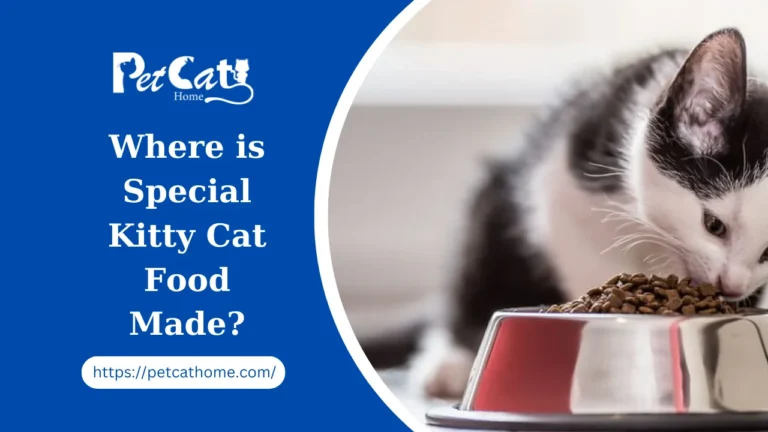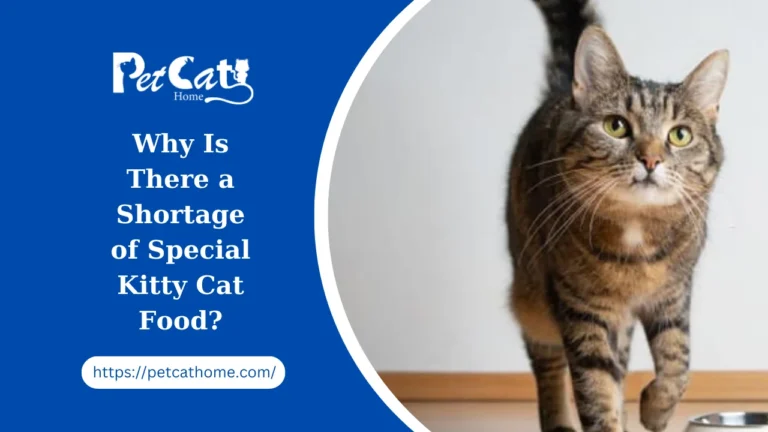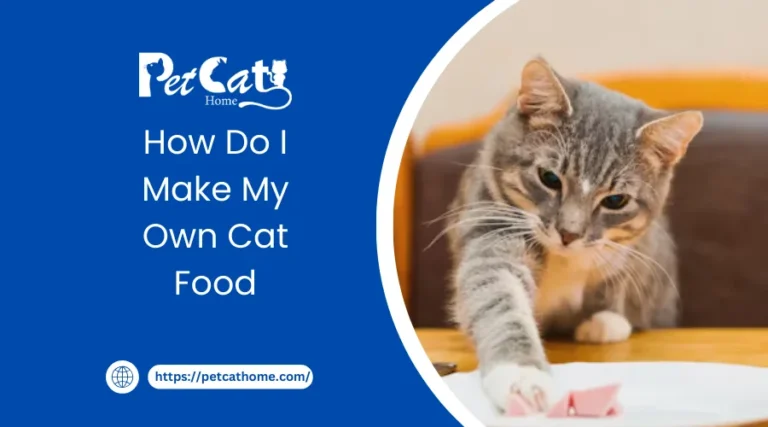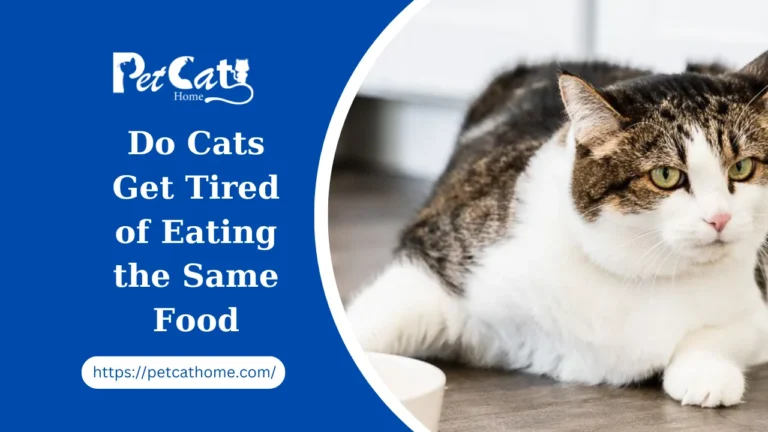How To Make Cat Food Pate
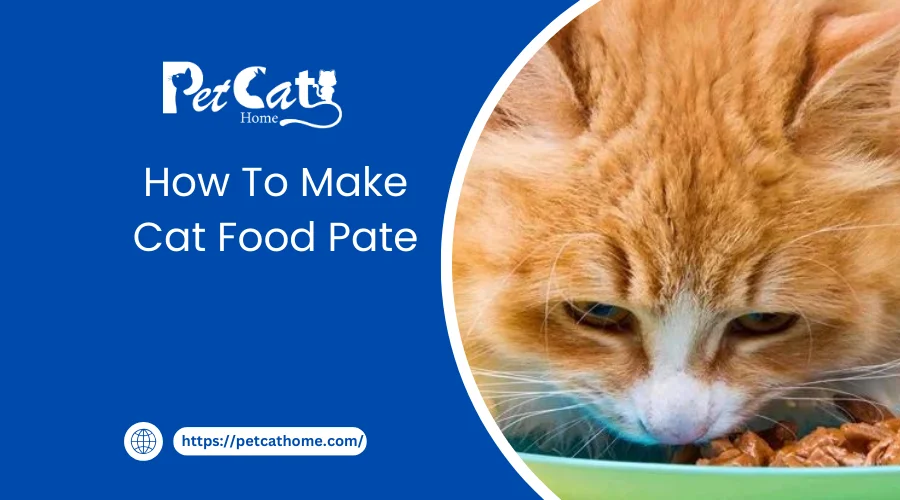
Within the world of cat food, cat food pâté is considered the ultimate gastronomic creation. This delicious dish, which is made with precision and care, is a nutritious powerhouse as well as a savory feast for your cat. Cat food pâté satisfies our beloved feline companions’ discriminating palates and tantalizes the senses with its smooth texture and seductive aroma.
Every outstanding cat food pâté starts with a carefully chosen assortment of high-quality ingredients. Every ingredient, from quality meats to complete grains and healthy vitamins, is essential to guaranteeing taste and nutrition. Choosing premium proteins like fish, turkey, or chicken guarantees that your cat will get the amino acids it needs to grow muscles and stay healthy.
Crafting the Perfect Texture
Achieving the perfect texture is crucial when making pâté for cat food. Its silky, smooth consistency makes it easy to eat and delightful to savour thanks to a careful balance of moisture and solidity. Precisely pulverizing the components guarantees consistency, and adequate hydration preserves the pâté’s moisture content and appeal.
Balancing Flavors for Feline Delight
The secret to making cat food pâté is finding the ideal flavor balance. Even though they might not have as refined a taste as us, cats nevertheless value a well-balanced meal. Natural flavors like fish oil or chicken broth improve the flavor profile and tempt even the pickiest diners to indulge.
Nutritional Excellence: Meeting Your Cat’s Dietary Needs
Cat food pâté is more than just a tasty treat; it’s a nutritional powerhouse that gives cats the nutrients they need to stay healthy and vibrant. Properly balanced concoctions guarantee that your feline friend gets the vitamins, minerals, and antioxidants required to bolster immunity, encourage a healthy digestive system, and preserve a glossy coat.
The Art of Presentation: Serving Your Cat in Style
Even while they might not be art enthusiasts, cats do care about appearance, especially when it comes to cat pâté. Mealtime becomes more sophisticated and enjoyable when your feline companion is served on a beautiful dish with a little treat or a dash of dried catnip on top.
Elevating Homemade Cat Food Pâté to Gourmet Heights
Unveiling the Secrets of Homemade Cat Food Pâté
Pâté produced from scratch provides a special chance to customize the eating experience to your cat’s individual preferences and dietary requirements. You can make sure that each mouthful of handmade pâté is a carefully crafted symphony of flavors and nutrients for your cat’s enjoyment by becoming an expert in the craft.
The Foundation of Flavor: Building Blocks of Homemade Pâté
The first step in making homemade cat food pâté is to choose the best ingredients, which can be found in your kitchen or from reliable vendors. Choosing organic meats and fresh veggies not only improves flavor but also removes any possible preservatives or additives from conventional types. Adding homemade broth or pureed vegetables further elevates the pâté to gourmet grade by adding richness and depth.
Customization for Feline Preferences
The option to alter the recipe to your cat’s dietary needs and tastes is one benefit of making your cat pâté at home. A tasty and nutritious dinner may be guaranteed when you customize the ingredients and amounts for handmade pâté, regardless of your feline friend’s preference for chicken over fish or any special dietary needs.
Incorporating Superfoods for Optimal Health
Superfoods provide extra health advantages, so adding them to homemade cat food pâté could improve its nutritional worth even more. In addition to adding taste and texture, ingredients like pumpkin, blueberries, or chia seeds offer vital vitamins, antioxidants, and fiber to promote your cat’s general health.
From Kitchen to Bowl: Mastering the Art of Preparation
Pâté made from scratch for cats needs careful attention to detail and a dedication to excellence. Every stage, from the careful chopping of ingredients to the accurate seasoning, goes into creating the finished masterpiece. Using blenders or food processors guarantees a homogeneous and smooth texture; portioning the pâté into separate servings facilitates serving and storing.
The Joy of Sharing: Making Mealtime Memorable
Mealtime offers you and your kitty friend a chance to connect and bond in addition to providing nutrition. The link between you and your cat is strengthened when homemade cat food pâté is served in a hygienic and welcoming setting, paired with comforting words and soft touches.
6 Delicious Homemade Cat Food Recipes
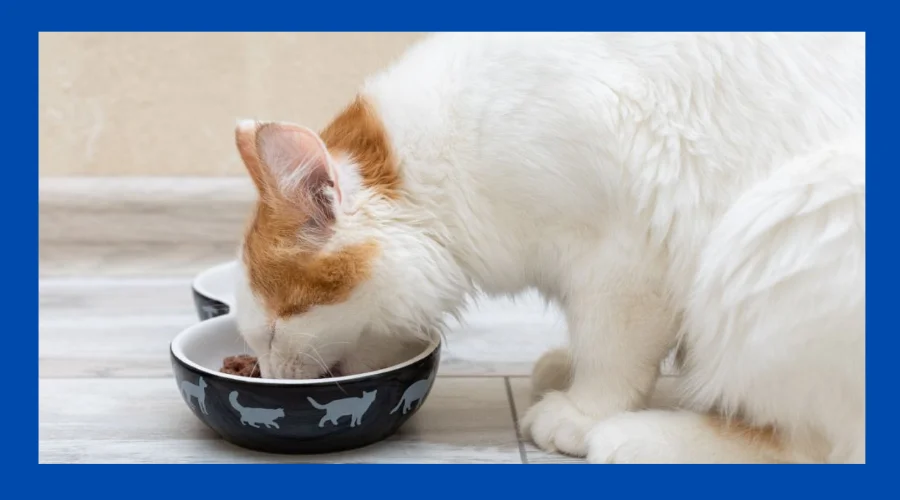
This article’s cat food recipes aren’t meant to serve as the foundation for a whole diet.
Purchasing cat food can be a daunting and draining task. Sorting through the different brands and recipes available might be difficult. It gets increasingly harder if your cat has certain allergies, sensitivities, or preferences.
Throughout the world, cat owners are switching to homemade cat food, so if you can make it work, it’s something to think about. To find out more about homemade cat food, we’ve spent hours researching it and speaking with veterinary professionals and pet nutrition specialists.
We want to be clear before getting into the specifics: not every cat or cat parent should choose homemade cat food.
If you want complete control over what goes into your cat’s diet, you can make your cat food at home. It’s particularly beneficial in cases where your cat has severe food allergies or particular dietary requirements that commercial diets don’t seem to be able to meet.
Having said that, making homemade cat food involves a little more work than simply adding ground beef to your cat’s bowl.
Developing a comprehensive and well-rounded diet for your cat requires a substantial financial commitment, as well as a lot of time and research.
It’s certainly doable with the aid of veterinarian-developed recipes, but this is not something you should undertake carelessly.
If you’re not a veterinarian nutritionist, we advise against making homemade cat food without a recipe. Maintaining a proper nutritional balance is crucial, and unless you make deliberate ingredient selections, it could be challenging to obtain the required levels of trace nutrients.
Try These 6 Homemade Cat Food Recipes
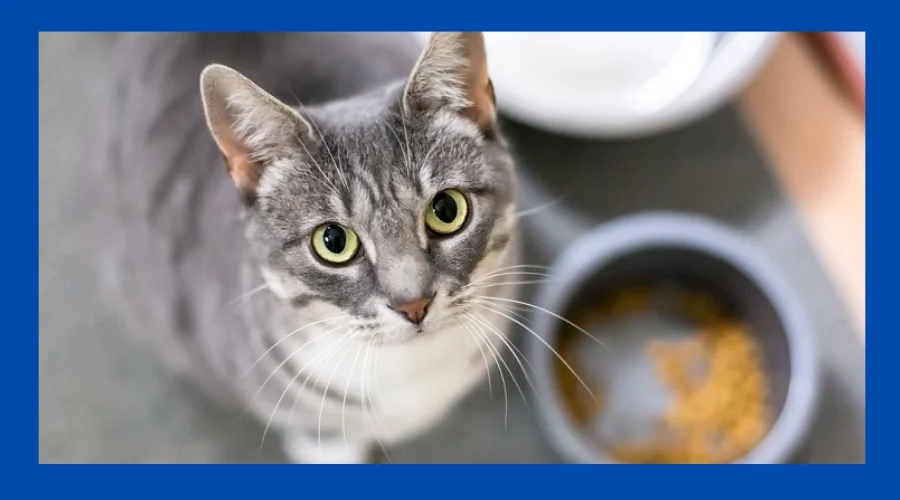
In compliance with AAFCO guidelines, veterinary nutritionists and veterinarians have developed a small selection of homemade cat food recipes.
The recipes for homemade cat food that you may find online are generally the same. Why?
thus its formulation takes into account the dietary requirements of cats. Though you’ll need to read the recipe notes to see whether you need to add or delete things like skin, liver, heart, or other supplements based on your protein choice, most recipes can be modified for different types of proteins.
Note: The three recipes that follow were compiled from various internet sources. To ensure that the recipe will meet your cat’s nutritional demands, we advise going over it with your veterinarian or consulting a veterinary nutritionist.
Chicken Thighs with Bone (from Feline Nutrition Foundation)
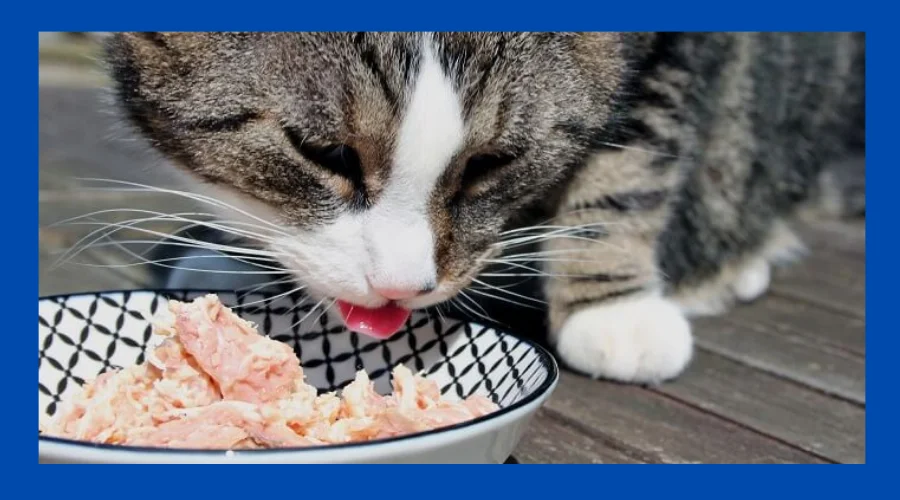
Ingredients:
- 4 raw egg yolks
- 200 IU vitamin E
- 2,000mg taurine
- 7 oz. raw chicken liver
- 1 ½ tsp lite iodized salt
- 4,000mg wild salmon oil
- 14 oz. raw chicken heart
- 8 oz. bottled spring water
- 200mg vitamin B complex
- 5 pounds chicken thighs with bone
- 4 tsp psyllium husk powder (optional)
Instructions:
- Take off the skin from half of the chicken thighs, leaving the fat in place.
- After removing the bone from 20 to 25 percent of the chicken thighs, give the meat a quick water washing.
- In a small dish, combine the dry supplements and stir to combine.
- To make a slurry, whisk in the egg yolks and water.
- Chop and weigh the flesh from the chicken thighs, heart, and liver.
- Put a bowl beneath the meat grinder and fill it with ingredients.
- Alternately add the fish oil capsule (use the whole one) and the liver and heart.
- Pour the crushed mixture into a large basin and stir in the psyllium husk powder and slurry.
- Divide the mixture into portions, then freeze or chill.
Cooked Rabbit & Poultry Recipe (from CatInfo.org)
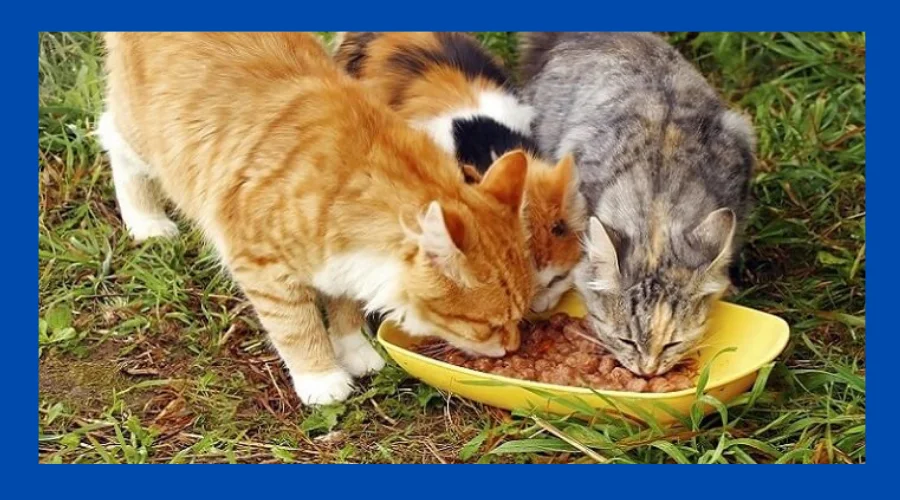
Ingredients:
- 1 cup water
- 400 IU vitamin E
- 2,000mg taurine
- 10,000mg fish oil
- 1 tsp lite iodized salt
- 50mg vitamin B complex
- 2 to 2.25 pounds whole carcass rabbit
- 2 eggs (raw yolk, white slightly cooked)
- 75 to 1 pound boneless chicken or turkey thighs
Instructions:
- Cut the fowl into little pieces and grind the rabbit carcass.
- Bake the turkey thighs or chicken for 15 to 20 minutes at 350°F, leaving half of the meat uncooked.
- In a small dish, combine the dry supplements and stir to combine.
- To make a slurry, whisk in the egg yolks, water, and fish oil.
- In a large bowl, transfer the ground mixture and stir in the slurry.
- Divide the mixture into portions, then freeze or chill.
Raw Cat Food (from Raw Feeding for IBD Cats)
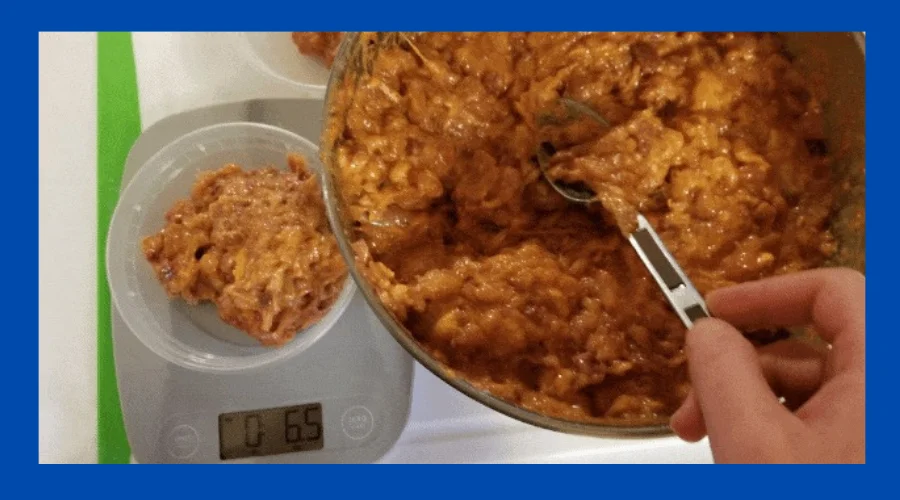
Ingredients:
- 2 oz. animal liver
- Water, as needed
- 500mg salmon oil
- 6 oz. animal kidney
- 28 oz. boneless protein
- 1 teaspoon eggshell powder
- 1 large egg yolk per pound of food
- ½ teaspoon vitamin supplement mix
Instructions:
- In a small bowl, combine the eggshell powder and vitamin supplement.
- Remove half of the skin of the bird and add some dark meat.
- Chop the protein, kidney, and liver into pieces that your meat grinder can handle.
- The salmon oil capsules should be added sporadically as you feed the meat and organs into a bowl that is placed under the grinder.
- After transferring the ground mixture to a large basin, stir in the egg yolk, dry supplements, and water as necessary.
- After dividing the mixture, freeze or chill it.
Raw Chicken and Salmon Recipe (from Health, Home, and Happiness)
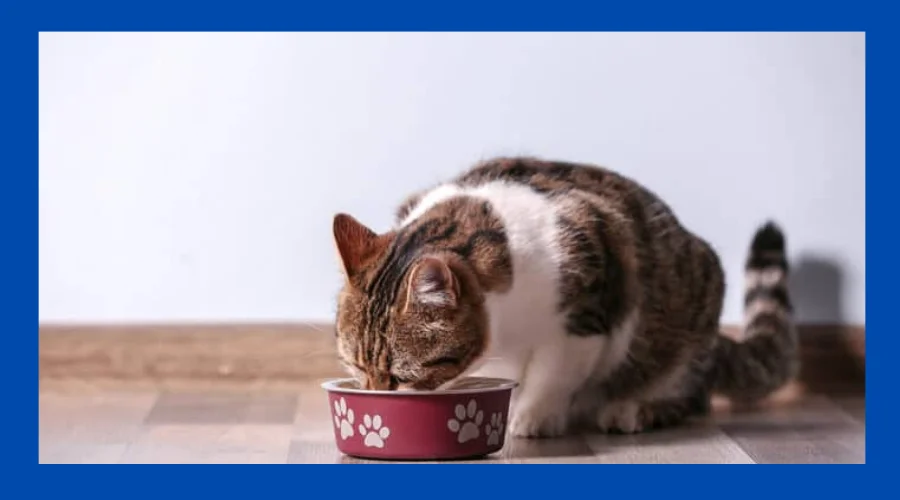
Ingredients:
- 2 cups water
- 50g raw beef kidney
- 50g raw chicken liver
- 100g raw chicken heart
- 1 whole egg, raw (with shell)
- 100g raw salmon (with bone)
- 1 teaspoon taurine supplement
- 700g raw chicken wings (bone-in, skin-on)
Instructions:
- Chop the fish and organ meats into pieces that your meat grinder can handle.
- To make the chicken wings fit through the grinder, divide them as necessary.
- Feed the meat and organs through the grinder by setting a bowl underneath it.
- After transferring the ground mixture to a sizable bowl, whisk in the water, egg, and taurine.
- After dividing the mixture, freeze or chill it.
Single-Serve Cooked Chicken and Rice Recipe (from The Spruce Pets)

Ingredients:
- 1 tablespoon chicken fat
- ½ cup long-grain rice (steamed)
- ¼ multi-vitamin tablet, crushed
- ¼ cup chicken breast (cooked)
- 1/10 vitamin B complex tablet, crushed
- ½ ounce canned clams, chopped (in juice)
- 1/8 tsp potassium chloride (salt substitute)
Instructions:
- As required, prepare each item individually.
- Cut up the chicken and add it to the other ingredients.
- After 30 minutes, remove the leftovers and serve immediately.
Raw Pork Recipe Cat Food (created from Raw Feeding for IBD Cats recipe)
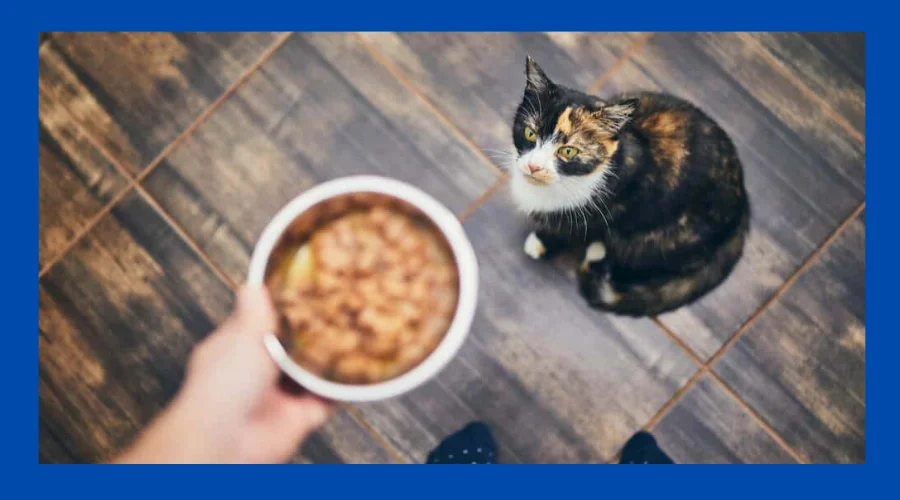
Ingredients:
- 1 large egg yolk
- 1.6 oz. raw beef kidney
- 1.6 oz. raw chicken liver
- 28 oz. raw pork, boneless
- 7 (500 mg) capsules of salmon oil
- 1 teaspoon finely ground eggshell
- ½ teaspoon vitamin supplement (see recipe)
Instructions:
- In a small basin, mix the eggshell powder and vitamin supplement.
- Chop the kidney, liver, and pork so that they can all be put through a meat grinder.
- Feed the organs and pork through the grinder’s mouth, covering it with a bowl.
- As you grind the other ingredients, gradually add the salmon oil capsules.
- Pour the mixture into a big bowl and stir in the egg yolk and dry supplements.
- After mixing the mixture with water as needed, divide it into portions and freeze or chill.
Why Go Homemade?
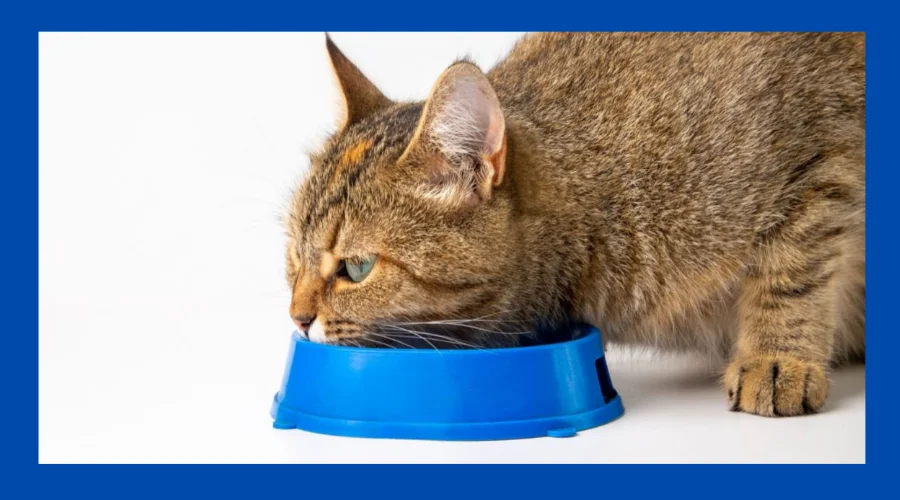
It matters a great deal what kind of food your cat eats. His meal is his main source of sustenance, more than just something to keep his stomach from growling. Cats need a certain ratio of nutrients to keep their bodies operating at peak efficiency, just like people and every other species.
Why not just give your cat high-quality cat food? For what reason is homemade cat food preferable?
In actuality, not every commercial cat food is made equally. Pet food producers are businesses, just like any other, and they rely on a variety of marketing strategies to help them make money. The Cummings Veterinary Medical Centre at Tufts University’s Cailin R. Heinze, VMD, writes about the “premiumization” of pet food.
The term “premium” was first used in marketing in
the alcohol sector, but it has now expanded to include pet food and goods for human and cosmetic health. According to Heinze, “These products might just be thought of as higher quality, or they might actually be higher quality than average.”
Many pet owners are unaware of how serious of a problem this is with commercial pet food. While the FDA controls some parts of pet food manufacturing and labeling, companies are mostly allowed to make whatever claims they choose on their packaging.
The main goal is to persuade the customer to select Brand A over Brand B.
FAQs
Pâté is a type of cat food.
Similar to classic human pâtés, cat food pâté is a type of cat food distinguished by its smooth, wet texture. To give cats a well-rounded and nourishing meal, it is usually prepared by combining premium proteins, veggies, and vitamins.
Why should I get my cat cat food pâté?
Pâté for cat food has various advantages for the well-being and contentment of felines. Its silky texture makes it simple to consume, particularly for elderly or dentally troubled cats. Furthermore, moisture-rich components found in pâté can aid in hydration, particularly for cats who might not drink enough water.
How can I tell if my feline will enjoy paté?
Although each cat is unique, a lot of cats like the flavor and consistency of cat pâté. Because they are obligate carnivores, cats need a diet high in animal proteins, which pâté frequently provide. You can tell if pâté is a good choice for your cat by giving them a tiny sample and seeing how they respond.
Is pâté cooked at home preferable to store-bought brands?
Customization and ingredient control are advantages of homemade cat pâté. You can customize the formula to your cat’s unique dietary requirements and tastes, and you can choose premium meats and fresh fruits. Furthermore, handmade pâté frequently eschews the preservatives and additives present in certain commercial types.
How can I switch my cat from eating other kinds of cat food to pâté?
To avoid causing an upset stomach, gently switch your cat over to cat food pâté. Gradually increase the amount of pâté added to your cat’s current meal over a few days, starting with a tiny amount. When going through the transition phase, keep an eye on your cat’s appetite and stool consistency.
Conclusion:
homemade cat chow Pâté has many advantages, such as highly-quality ingredients and adaptable recipes. You can ensure the best possible nutrition and flavour for your cat while taking their eating experience to a whole new level by learning how to make your own pâté. Therefore, instead of settling for store-bought, make a culinary masterpiece that will please your feline companion as well as yourself.
